Clear Aligners in Treating Anterior Open Bite: Addressing Vertical Dental Discrepancies
An anterior open bite occurs when the upper and lower front teeth don’t meet when biting down, leaving a visible gap. This type of malocclusion presents both functional and aesthetic challenges, often affecting a person’s ability to bite or chew properly and impacting their smile. Historically, treatment for anterior open bite involved traditional braces or even surgical intervention in more severe cases. However, with the advancements in clear aligner technology, orthodontists now have a more discreet, non-invasive option for managing this condition. In this article, we’ll explore the effectiveness of clear aligners in treating anterior open bite, highlighting the latest research, benefits, and limitations.
Azeem Jameel
10/12/20244 min read


Clear Aligners in Treating Anterior Open Bite: Addressing Vertical Dental Discrepancies
An anterior open bite occurs when the upper and lower front teeth don’t meet when biting down, leaving a visible gap. This type of malocclusion presents both functional and aesthetic challenges, often affecting a person’s ability to bite or chew properly and impacting their smile. Historically, treatment for anterior open bite involved traditional braces or even surgical intervention in more severe cases. However, with the advancements in clear aligner technology, orthodontists now have a more discreet, non-invasive option for managing this condition. In this article, we’ll explore the effectiveness of clear aligners in treating anterior open bite, highlighting the latest research, benefits, and limitations.
What Causes Anterior Open Bite?
An anterior open bite can result from a variety of factors, including habits such as thumb-sucking, prolonged pacifier use, or tongue thrusting. Skeletal factors, such as improper jaw growth, can also contribute to the condition, making treatment more challenging. Identifying whether the open bite is due to dental or skeletal issues is critical in determining the most appropriate treatment approach.
How Do Clear Aligners Work for Anterior Open Bite?
Clear aligners use a series of customized, removable trays to gradually move teeth into the desired position. When it comes to addressing vertical dental discrepancies like open bites, clear aligners have shown increasing success, particularly in mild to moderate cases.
Recent research from 2024 has demonstrated that clear aligners are effective at correcting anterior open bites by applying controlled, vertical forces to the teeth. Here's how they work:
Precision Tooth Movements: Clear aligners are designed to apply gentle yet precise forces that can help close the vertical gap by extruding (bringing down) the front teeth or intruding (moving up) the back teeth, depending on the patient's specific needs.
Attachments and Elastics: For more complex cases, orthodontists can use small attachments bonded to the teeth or elastics combined with the aligners. These provide additional force to enhance vertical tooth movement and improve the treatment outcome.
Gradual, Segmented Movements: Aligners can segment tooth movements, targeting specific teeth or groups of teeth at different times. This allows for controlled, efficient movement that reduces the risk of relapse.
Recent Insights on Effectiveness
Several studies have supported the effectiveness of clear aligners in treating anterior open bite. A recent 2024 study revealed that patients with mild to moderate open bites experienced significant improvement in vertical tooth positioning within six to twelve months of clear aligner therapy. On average, patients saw a 3-4 mm reduction in the anterior vertical gap, which is often enough to achieve functional improvement and better aesthetics.
Moreover, patients who used clear aligners for open bite treatment reported higher satisfaction due to the aligners' comfort and appearance compared to traditional braces.
Advantages of Clear Aligners for Anterior Open Bite
Clear aligners offer several benefits when it comes to treating open bites:
Non-Invasive Treatment: Aligners provide a conservative approach, eliminating the need for complex orthodontic appliances or surgery in many cases.
Aesthetic Appeal: Since aligners are nearly invisible, they are a popular choice for adults and teens who want to improve their smile discreetly.
Comfort and Convenience: Patients appreciate the ability to remove aligners when eating or cleaning their teeth, improving overall comfort and hygiene during treatment.
Precise Control: Digital treatment planning tools allow for greater precision in designing how the aligners will move the teeth, ensuring a more predictable treatment process.
Challenges and Limitations
While clear aligners have been successful in many cases, they may not be suitable for treating more severe anterior open bites, especially those caused by significant skeletal discrepancies. In these cases, traditional treatment options like braces or surgical interventions may still be necessary to achieve the best result.
Additionally, patient compliance is critical to the success of aligner treatment. Since aligners are removable, patients need to wear them for the recommended 20-22 hours a day to see the best results. Failure to do so can lead to prolonged treatment times or incomplete correction.
Case Selection: Is Clear Aligner Treatment Right for You?
The key to successful treatment lies in careful case selection. Clear aligners work best for mild to moderate anterior open bites caused primarily by dental issues. For patients with underlying skeletal problems or severe malocclusion, alternative or supplementary treatments may be needed.
With advancements in 3D imaging and CAD/CAM technology, orthodontists can create highly customized treatment plans that simulate tooth movements and predict outcomes. This technology allows for more efficient treatment and helps orthodontists determine the likelihood of success with clear aligners.
Conclusion
Clear aligners offer a promising, non-invasive solution for treating anterior open bites, especially in cases where dental factors are the primary cause. By leveraging digital precision and gradual vertical movements, aligners can help close the bite and improve both function and aesthetics. However, as with any treatment, patient compliance and proper case selection are key to achieving successful results.
For patients seeking a discreet, comfortable alternative to braces, clear aligners provide a highly effective option for managing mild to moderate anterior open bites. As research continues to evolve, we can expect further improvements in how aligners address complex malocclusions like anterior open bite.
Key Takeaways:
Clear aligners can effectively treat mild to moderate anterior open bites through precise vertical tooth movements.
They offer a non-invasive, aesthetic alternative to braces, with the added benefits of comfort and removability.
However, more severe cases involving skeletal issues may still require traditional treatment methods.

Connect
Social Accounts
+1 830 7451 586
Building 595, Block H3, Phase 2
Johar town, Lahore Pakistan
Address
Mail at:
Call at:


ClearCare Ortho offers premium-quality, exceptionally clear, and affordable orthodontic aligner treatments worldwide.
© 2023 Copyright ClearCare Ortho All Right Reserved.
info@clearcareortho.com
